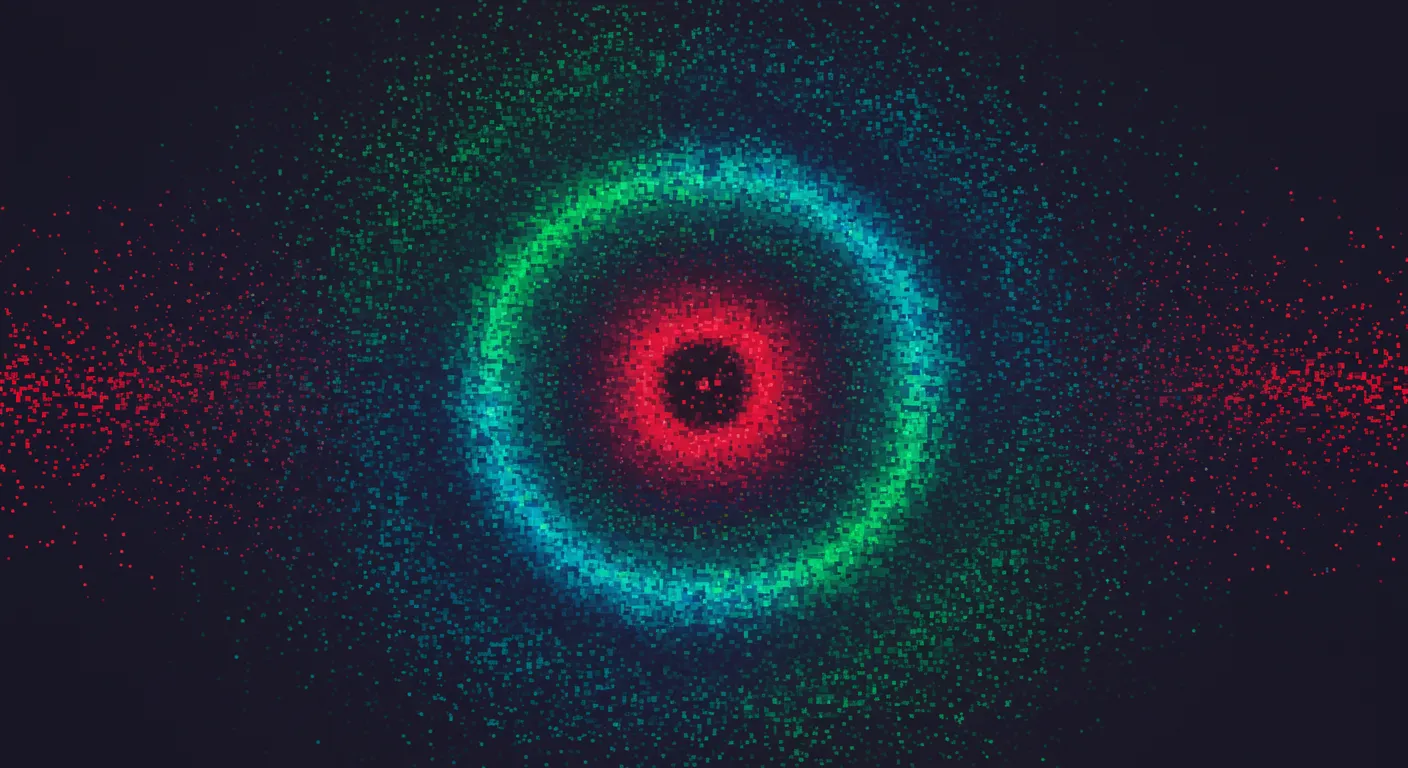The tech community is buzzing about AniSora, an open-source anime video generation model that's simultaneously impressive and contentious. Online commentators are diving deep into its capabilities, potential, and ethical implications.
Initial reactions highlight the model's technical prowess, with users testing it on iconic anime scenes like Neon Genesis Evangelion. However, early tests reveal notable imperfections, including temporal artifacts in hair movement and glitching body parts. One user noted disappearing and reappearing hair, suggesting the technology is promising but still rough around the edges.
The conversation quickly pivoted to deeper questions of copyright and model training. With AniSora being a Chinese-developed model, several commentators raised pointed questions about the legality of its training data. The recurring theme suggests skepticism about whether existing anime content was licensed properly, reflecting ongoing tensions in AI's relationship with intellectual property.
Cybersecurity concerns also emerged, with some users expressing caution about the model's .pth file being flagged as potentially unsafe. Technical discussions centered on the risks of pickle files and the recommendation to use safer file formats like safetensors, underlining the community's heightened awareness of potential malware risks in model distribution.
Perhaps most tellingly, the discussion reveals the internet's mix of excitement and cynicism. While some users dream of generating their own anime content – even jokingly discussing potential for recreating beloved series or more adult-oriented content – others remain pragmatic about the technology's current limitations. The model represents another step in the ongoing AI revolution, simultaneously thrilling and uncertain.


